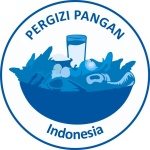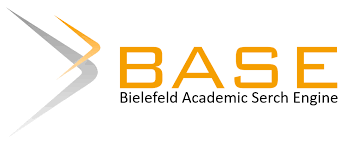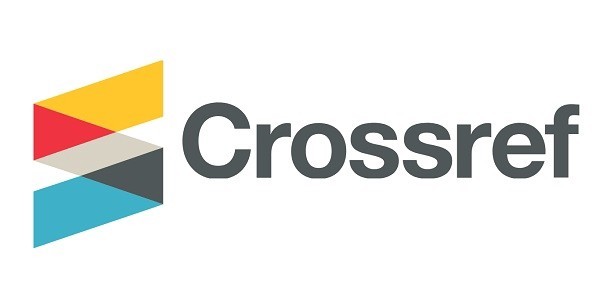DAMPAK HUTAN KEMASYARAKATAN TERHADAP PENGENTASAN KEMISKINAN RUMAHTANGGA SEKITAR HUTAN DI KECAMATAN BATUKLIANG UTARA KABUPATEN LOMBOK TENGAH
IMPACT OF COMMUNITY FOREST ON POVERTY ALLEVIATION OF NEAR FOREST HOUSEHOLD IN SUB-DISTRICT OF NORTH BATUKLIANG OF CENTRAL LOMBOK
Abstract
ABSTRAK
Kawasan pegunungan Rinjani, khususnya resort Setiling Batukliang Utara Kabupaten Lombok Tengah memiliki fungsi biologi, ekologis, dan estetika serta sosial-ekonomi bagi masyarakat sekitar hutan. Deforestrasi sering dikaitkan dengan tingkat kemiskinan masyarakat sekitar hutan, sehingga dengan diberikannya Hutan Kemasyarakatan (HKm) di wilayah tersebut dapat meningkatkan pendapatan masyarakat dan menekan kemiskinan. Penelitian ini telah dilaksanakan dengan menggunakan metode deskriptif-eksploratif-partisipatif dengan mengkombinasikan studi dokumen, wawancara terstruktur, indepth interview, serta diskusi kelompok terarah (FGD) terbatas. Penelitian dilakukan desa Aik Berik dan Desa Setiling dengan jumlah responden sebanyak 40 orang, dengan juga melibatkan tokoh masyarakat di wilayah tersebut. Data yang telah dikumpulkan dianalisa secara deskriptif analisis pendapatan rumahtangga dan pendapatan per kapita yang kemudian digunakan untuk menganalisis tingkat kesejahteraan masyarakat berdasarkan tiga standar yang berbeda, yaitu Sajogyo, BPS, dan Bank Dunia. Hasil studi menunjukkan bahwa: 1) rata-rata total pendapatan rumahtangga masyarakat sekitar hutan mencapai Rp. 20.057.950 yang terdiri dari Rp. 13.597.950 (67,79%) dari sektor pertanian dan Rp. 6.460.000 (32,21%) dari sektor non pertanian dengan pendapatan per kapita sebesar Rp. 4.667.549,- per tahun; 2) berdasarkan kriteria BPS, masyarakat sekitar hutan di kecamatan Batukliang Utara masuk kategori tidak miskin, selanjutnya berdasarkan kriteria Sayogyo menghasilkan kategori hampir miskin, dan Kriteria bank Dunia manghasilkan kategori miskin, sehingga ketiganya memberikan tingkat kesejahteraan yang relatif berbeda; 3) Adanya Hkm telah mampu meningkatkan kesejahteraan masyarakat sekitar hutan karena mampu meningkatkan pendapatan per kapita masyarakat sebesar 22,18 persen dan telah mampu mengentaskan kemiskinan 7,5 sampai 22,5 persen. Oleh karena itu disarankan agar perbaikan ekonomi masyarakat sekitar hutan harus dipercepat melalui pola pembinaan dan pengembangan pada bidang-bidang usaha yang menjadi kekuatan utama mereka yaitu kehutanan, peternakan, dan perkebunan serta juga mendorong peningkatan kegiatan perdagangan dan ekonomi produktif skala rumahtangga.
ABSTRACT
The Rinjani mountain region, especially the North Batukliang Setiling resort of Central Lombok district holds functions biological, ecological, and aesthetical and socio-economic functions for the community near the forest. Deforestation is often associated with the level of poverty of the community near the forest, so that introduction of the Community Forest (HKm) in the region may increase people's income and reduce poverty. This research has been carried out using a descriptive-exploratory-participatory method by combining document studies, structured interviews, in-depth interviews, and limited focus group discussions. The research was conducted at the villages of Aik Berik and Setiling with 40 respondents, as well as community leaders in the area. The collected data was analyzed descriptively by analysis of household income and per capita income which was then used to analyze the level of community welfare based on three different standards, namely Sajogyo, BPS, and the World Bank. The results of the study show that: 1) the average total household income of the community near the forest reaches Rp. 20,057,950 consisting of Rp. 13,597,950 (67.79%) from the agricultural sector and Rp. 6,460,000 (32.21%) from the non-agricultural sector with a per capita income of Rp. 4,667,549, - per year; 2) based on BPS criteria, the community around the forest in the North Batukliang sub-district is categorized as not poor, then based on the Sayogyo criteria produces an almost poor category, and the World Bank Criteria produce a poor category, so the three provide relatively different levels of welfare; 3) The presence of Hkm has been able to improve the welfare of the community near the forest because it is able to increase the per capita income of the community by 22.18 percent and has been able to alleviate poverty 7.5 to 22.5 percent. Therefore, it is suggested that the economic improvement of the community near the forest should be accelerated through policy interventions in business sectors which are on their main strengths, namely forestry, livestock, and plantations, as well as in non agricutural sector such as trade and other economic activities (such as home agroindustry).







